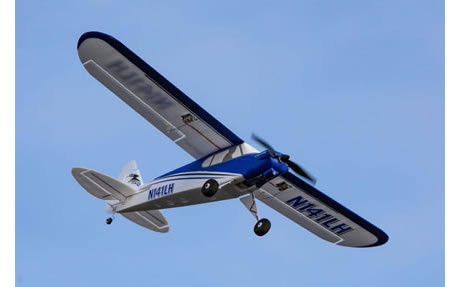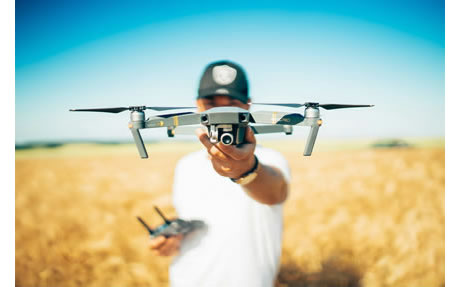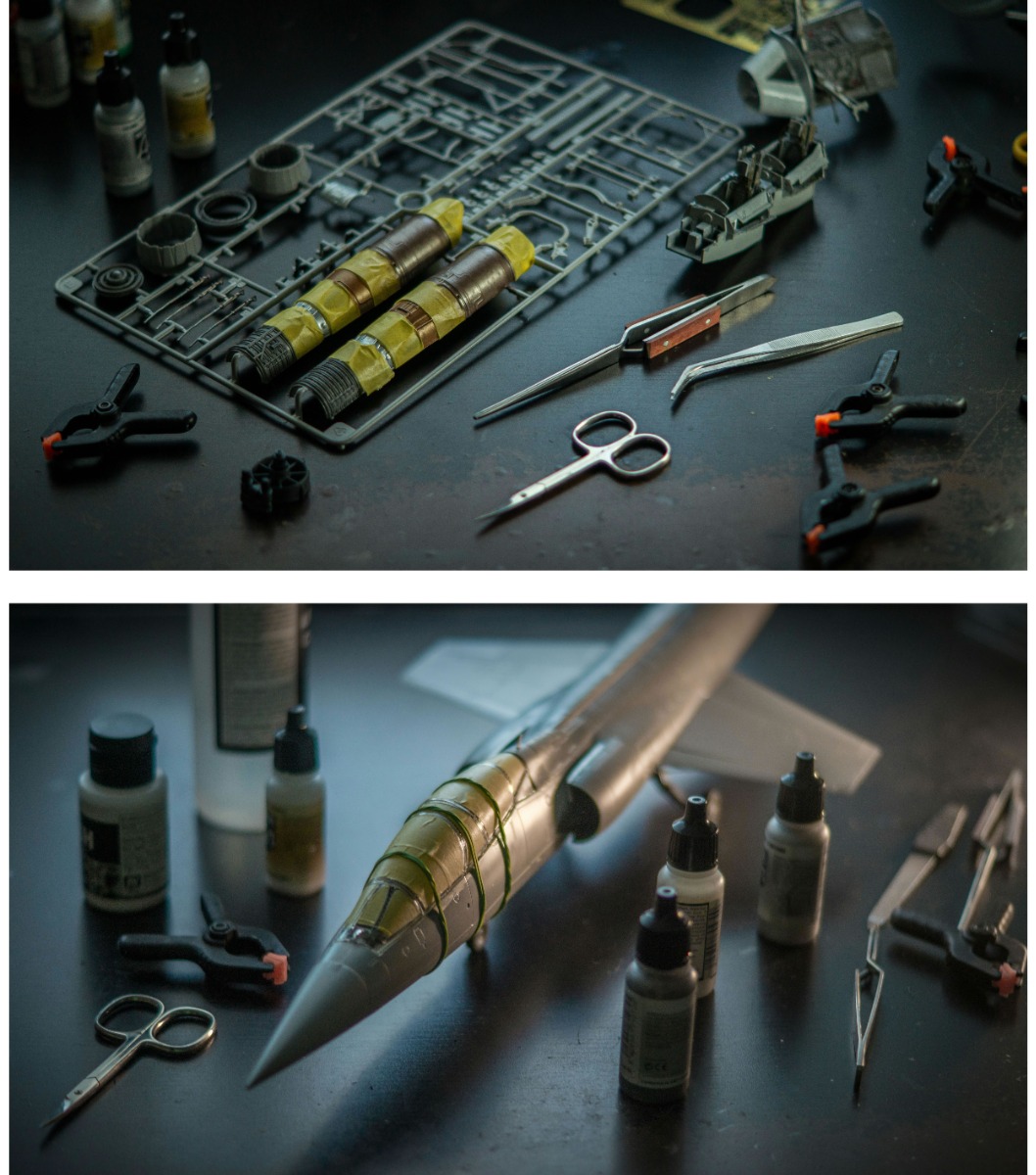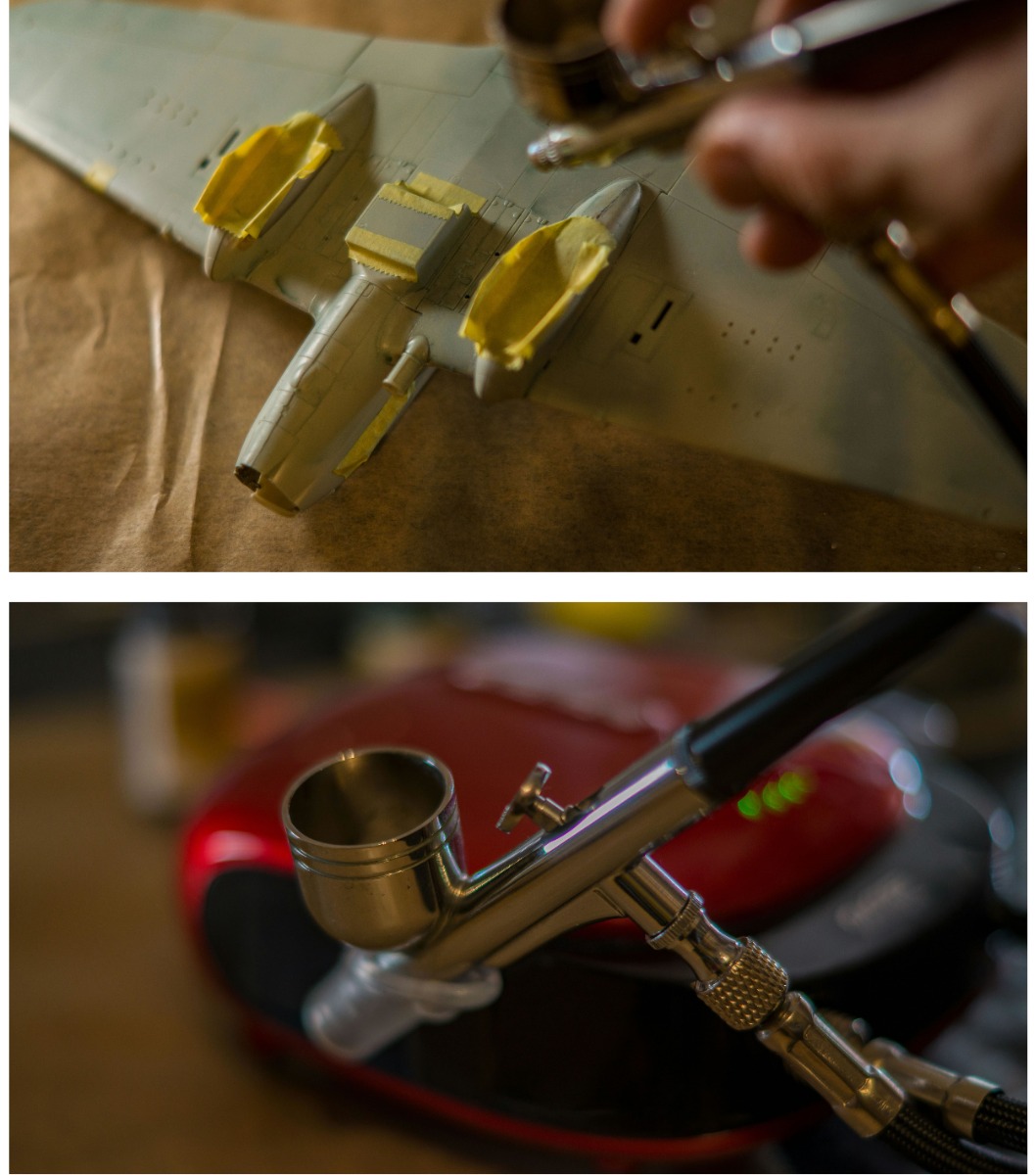ICM 1/35 Panzerwaffe Steel Cats # DS3524
Pz.Kpfw. V Panther Ausf. D
The Pz.Kpfw. V Panther Ausf. D, commonly known simply as the Panther, was a German medium tank introduced during World War II, renowned for its powerful combination of firepower, protection, and mobility. The Ausf. D was the first production variant of the Panther, entering service in 1943.
The Panther was designed to counter the Soviet T-34, and it incorporated several advanced features.
It was equipped with a long-barreled 7.5 cm KwK 42 L/70 gun, which was highly effective against most Allied armor at long ranges.
The gun's high muzzle velocity allowed it to penetrate enemy tanks with ease, making the Panther one of the most feared tanks on the battlefield.
In terms of armor, the Panther Ausf. D featured sloped frontal armor up to 80 mm thick, which significantly improved its ability to deflect incoming shots.
However, the side armor was thinner, making it vulnerable to flanking attacks.
The Ausf. D variant also had a distinctive "letterbox" hull machine gun port, which was later changed in subsequent versions.
The Panther was powered by a Maybach HL230 P30 V12 engine, delivering 690 horsepower, allowing it to reach speeds of up to 34 mph (55 km/h) on roads.
This combination of speed and armor made it highly maneuverable for its size, giving it an edge in both offensive and defensive operations.
However, the Panther Ausf. D suffered from several mechanical issues, particularly with its final drive and suspension system, which were prone to breakdowns.
These teething problems were partly due to the rushed production and the complexity of its design.
Despite these issues, the Panther Ausf. D proved to be a formidable opponent on the battlefield and laid the groundwork for subsequent, more refined versions.
Pz.Kpfw. VI Ausf. B King Tiger
The Pz.Kpfw. VI Ausf. B, more commonly known as the King Tiger or Tiger II, was a German heavy tank introduced in 1944, representing the pinnacle of German armored warfare during World War II.
The King Tiger combined the thickest armor and the most powerful gun mounted on a German tank, making it one of the most feared vehicles of the war.
The King Tiger was armed with the 8.8 cm KwK 43 L/71 gun, an incredibly powerful weapon capable of destroying any Allied tank at extreme ranges.
The gun's accuracy and penetrating power were unmatched, allowing the King Tiger to engage and destroy enemy tanks before they could effectively return fire.
One of the defining features of the King Tiger was its massive armor.
The front glacis plate was 150 mm thick and sloped, providing exceptional protection against all but the most powerful Allied anti-tank weapons.
The turret front was even thicker, at 180 mm, making the King Tiger nearly impervious to frontal attacks.
However, this heavy armor came at a cost.
The tank weighed around 68 tons, which made it slow and less maneuverable than lighter tanks, and it was prone to mechanical breakdowns due to the immense strain on its components.
The King Tiger was powered by a Maybach HL230 P30 V12 engine, similar to the Panther, but the tank's heavy weight limited its top speed to around 24 mph (38 km/h) on roads and much less off-road.
Its large size also made it difficult to transport and required significant fuel consumption, which was a logistical challenge for the already strained German supply lines.
Despite its limitations, the King Tiger was a formidable opponent on the battlefield, capable of dominating engagements when deployed effectively.
It saw action on both the Eastern and Western Fronts, where its powerful gun and thick armor made it a tough adversary for Allied forces.
However, its slow speed, mechanical unreliability, and the dwindling resources of the German war machine meant that it could not change the course of the war.
The King Tiger remains an iconic symbol of German armored engineering, representing the extreme end of tank design during World War II, with its blend of overwhelming firepower and armor protection.





















 Spread the cost with Paypal Credit
Spread the cost with Paypal Credit
 Spread the cost with Klarna
Spread the cost with Klarna





























